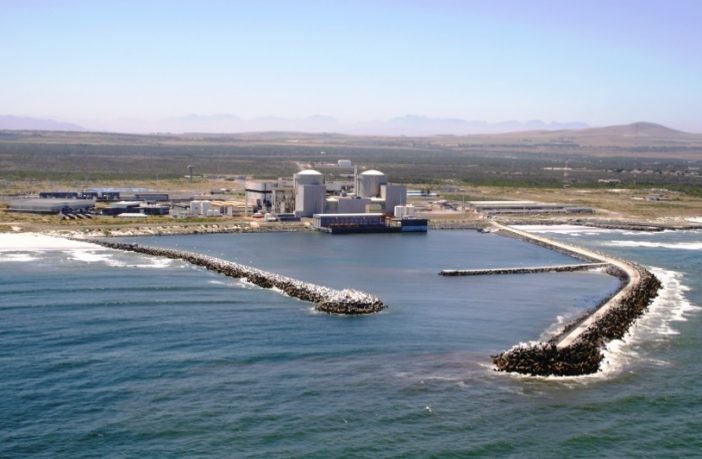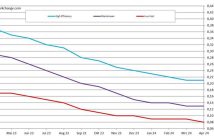The South African Young Nuclear Professionals Society (SAYNPS) has welcomed the release of the updated Integrated Resource Plan (IRP).
“As young nuclear professionals involved with the day to day activities relating to peaceful applications of nuclear science and technology, we see the publication of this plan as a positive step moving the economy in the right direction,” said Israel Sekoko, SAYNPS executive chairperson.
The organisation said though it welcomes the inclusion of 2,500MW of nuclear energy as opposed to the 9,600MW previously proposed in the IRP2010, SAYNPS is confident that South Africa is ready to start immediately with plans to build the new nuclear power plants.
“The release of the IRP has given the youth of this country a renewed hope,” said Sekoko.
The society noted that the government of South Africa has, since 1998, trained young nuclear professionals in various fields related to nuclear science, engineering, and technology in preparation of the nuclear build programme.
“We as SAYNPS believe that is it high time that the government receives their return of investment and benefit from the skills that have been developed over the past 21 years,” Sekoko added.
Small modular reactors aligned with 4IR
He continued: “As we aim for the successful implementation of the nuclear build project, and to ensure the successful implementation of the nuclear energy option as a no-regret option as contained in the IRP. We believe that the practical approach for the government is to start immediately with proven technologies, such as Pressurised Water Reactors (PWRs), as indicated on the Nuclear Energy Policy of SA.
“We propose that the government start with at least up to 2,000MW of PWR whilst the remainder (up to 500MW) is left for new technologies such as the Small Modular Reactors (SMRs).”
According to Sekoko, as the energy sector moves into the fourth industrial revolution (4IR) and decarbonisation, SMRs will play a significant role in the future updates of the IRP as the technology continues to grow.
“South Africa has already paid school fees (learning rates) as the only operator of the PWR technology in the African continent for more than 30 years. Looking at the current economic climate within the country; we don’t think it will be ideal for the country to be paying school fees again. As the modern designs of new nuclear power plants allow for these plants to run efficiently and effectively for more than 60 years, the contribution of the youth of this country to the success of this project remains vital,” he said.
Sekoko urged the government and stakeholders to continue to support young professionals in the field of nuclear science and technologies.
“We also acknowledge the drive to further extend the life of Koeberg by another 20 years. This will ensure that the country will keep the lights on post-2025 using one of the cheapest options to generate electricity,” he said.
The SAYNPS executive chairperson said although the IRP calls for implementation at a pace and scale that is affordable, his organisation believes that if South Africa could use various funding mechanisms, the country will be in a position to afford nuclear build.
“In a nutshell, as the youth of this country, we are ready to design, build and operate new nuclear power stations; we are also ready to extend the life of Koeberg nuclear power station by another 20 years. The benefits of implementing these projects are quite significant to the economic growth of this country (from an electricity point of view, as well as the socio-economic benefits),” Sekoko concluded.
Author: Babalwa Bungane
This article was originally published on ESI Africa and is republished with permission with minor editorial changes.











